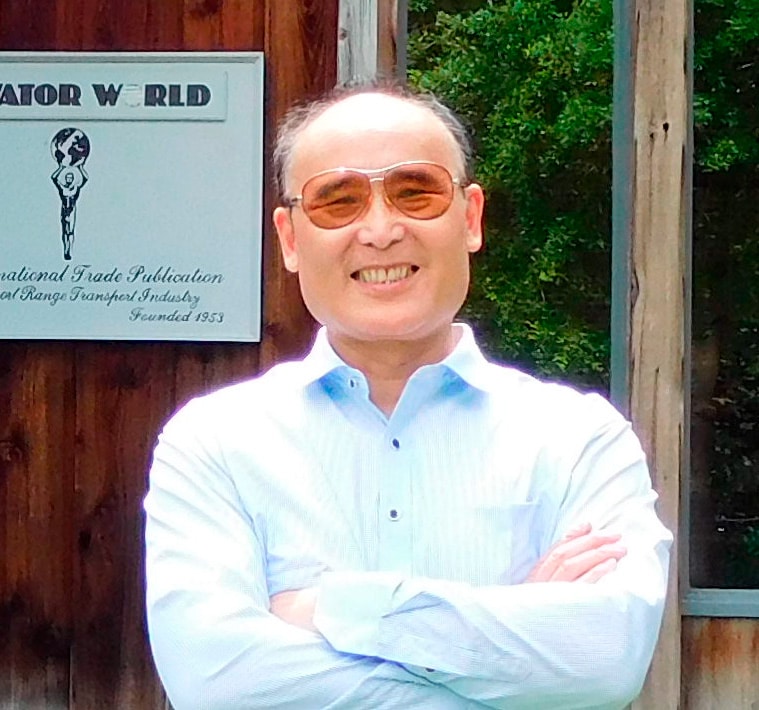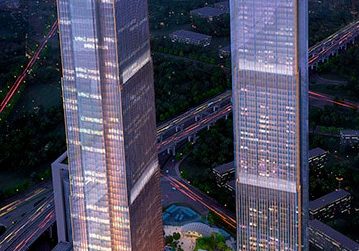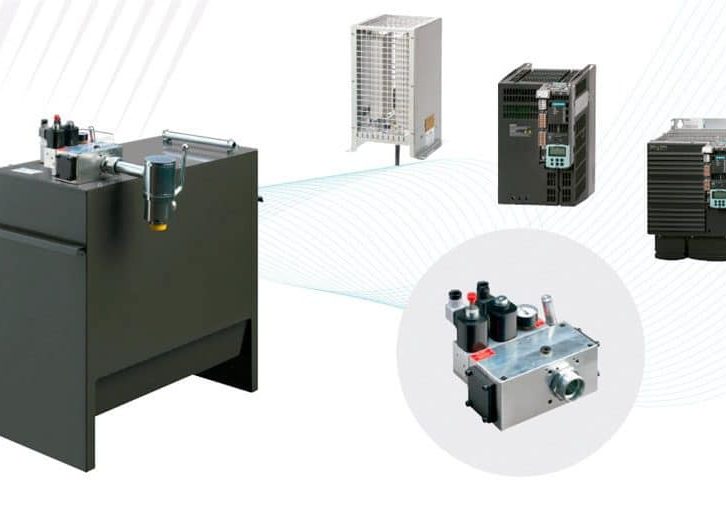Peng Jie (PJ), ELEVATOR WORLD’s longtime China correspondent and friend, has worked for Schindler and KONE. With factories in Beijing and Shanghai, Schindler was the first major elevator OEM to enter the Chinese market. Over the course of his career, Peng Jie oversaw the modernization of an old factory to manufacture cars and door drives locally, worked on the elevators — the fastest in the country at the time — in China Central Television Tower and joined a field team in Algeria. EW sat down with Peng Jie to discuss the Chinese elevator industry. Our conversation has been edited for clarity and length.
EW: What are some important changes you have seen in the vertical-transportation industry in China?
PJ: I have noticed developments in environmental friendliness, sustainability of equipment, reduced power consumption and the use of recyclable energy, such as solar and wind energy. We have so many escalator installations in shops, airports — everywhere. Some of the buildings may have up to 100 escalators. So, it makes sense to use sensors to automatically slow the operation of the escalator when there are no passengers. Such a device has become a standard requirement for escalators, because everywhere we talk about energy savings, we talk about the reliability of the equipment. This device serves two purposes: one is to save energy; the other is to reduce wear and tear on the equipment. When it is allowed to slow or stop for some time, the whole system may cool down. I think that’s good for the equipment itself.
EW: Please update us on China’s efforts in regards to the safety of its riding public.
PJ: Authorities have been making great efforts to bring the safety of the equipment to a higher level. Ever since the beginning of the century, the national authority — the government body in charge of elevator safety — began to invite code specialists worldwide, including those from Europe and the American Society of Mechanical Engineers (ASME) in the U.S., to give presentations to Chinese officials. They have learned a lot, and there has been strong communication between China, the U.S. and Europe. So, we have, I think, got the national safety code quite adapted to the worldwide system, because we use EN 81. This is what the authorities have been making efforts toward, and they have done a great deal to produce the best results, so that accident rates go down.
EW: How do you think the Chinese elevator industry will change in the future?
PJ: Regarding professional safety technologies, there’s no problem. We have sufficient numbers of safety specialists, and they are knowledgeable in both theory and practice. The thing is to get that knowledge to the right people.
I think it’s necessary to have a nationwide system to make safety awareness known to the public and those working with equipment safety. There is much room to improve, and there is also much for people in different departments — the government, fire brigade, elevator contracting companies, maintenance companies and building management — to learn so they know what they should do about the equipment. When everybody knows what they should do, everything can become better. Because we are such a big country and have so many installations, it must be done in a well-organized, nationwide way. The elevator companies, suppliers and installers are eager to give training courses to riders for their own equipment but in their own way. I think this should be streamlined and organized in a nationwide effort to really improve public safety.
EW: Whom do you admire in the elevator industry and why?
PJ: I think EW founder William C. Sturgeon was a great figure in the global elevator industry. He had friends worldwide. And, he was very good at communication, and he had very good foresight. In 1985, he published his report on the China market (EW, January – June 1985). Most of the things he mentioned about the future really came true. And, the action he took was also correct. That’s why Elevator World has been doing good business in China — even better than some of the local magazines there.
EW: Do you plan to continue working in the industry and with EW for the foreseeable future?
PJ: I reached retirement age three years ago, but, you see, I think Sturgeon and I were very good friends, and we had the greatest trust with each other. So, I know what he wanted me to do. As long as I can continue to work — there’s no problem in continuing business for Elevator World, Inc. in China — maybe for a number of years.
Get more of Elevator World. Sign up for our free e-newsletter.










